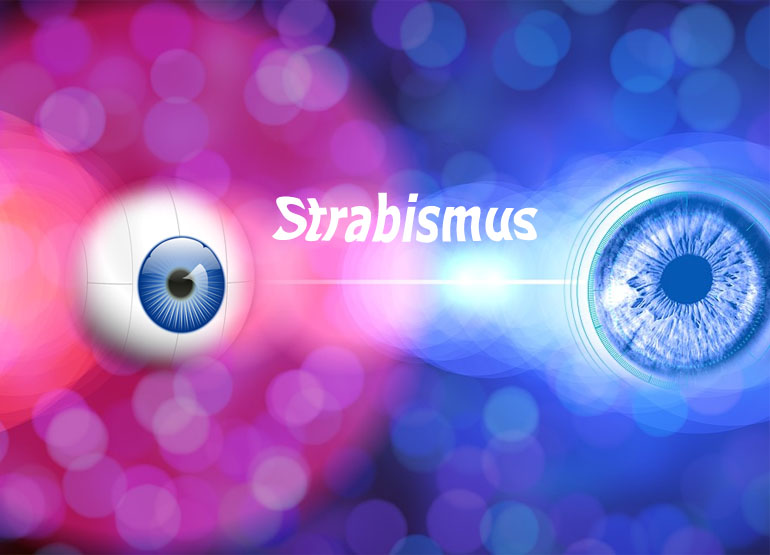Health Pages
Strabismus
Strabismus
Strabismus is an eye problem as well and is more commonly known as cross-eyed or lazy eye. Strabismus can be either of those problems and they can be healed without the use of artificial lenses like glasses or contacts.
Simply put, Strabismus is the inability of both eyes working together to focus on an object. To see things clearly, both eyes need to focus on the object. This process takes a lot of mental focus and can be straining if one tries too hard. The eyes need to work together to get the distance correct and look at an object at the same time.
If we lose concentration, the eyes will actually do their own thing. One eye may be focused and the other is off in its own world refusing to participate. We call it cross-eyed when one eye is focused and the other is turned out or slightly up or down. Lazy eye is when one eye takes longer to catch up to the other one.
When you are stressed, the eye muscles tense up and become strained. When the eye muscles are too tense, they may pull the eye in whatever direction they feel like. Sometimes Strabismus is more of an unconscious problem. Problems between the thoughts and feelings inside may cause one eye to look away. The left eye is the feeling side and the right eye is the thinking side. Depending on which eye is the lazy one, you may be able to figure out the inner conflict.
Children and adults who are diagnosed with Strabismus often also have symptoms of ADHD. These people have the hardest time finding stability and fight for attention between two people. These thought patterns can cause the person to feel out of control which will only worsen the problem.
One way to solve the Strabismus problem is to relax. Figure out what the inner conflict is all about and take steps to make peace. Relax and take time out for yourself, is the best cure for any vision ailment.
Did You Know?
"If the strabismus is not treated, the eye that the brain ignores will never see well. This loss of vision is called amblyopia. Another name for amblyopia is "lazy eye." Sometimes lazy eye is present first, and it causes strabismus."
~Source: Medline Plus



